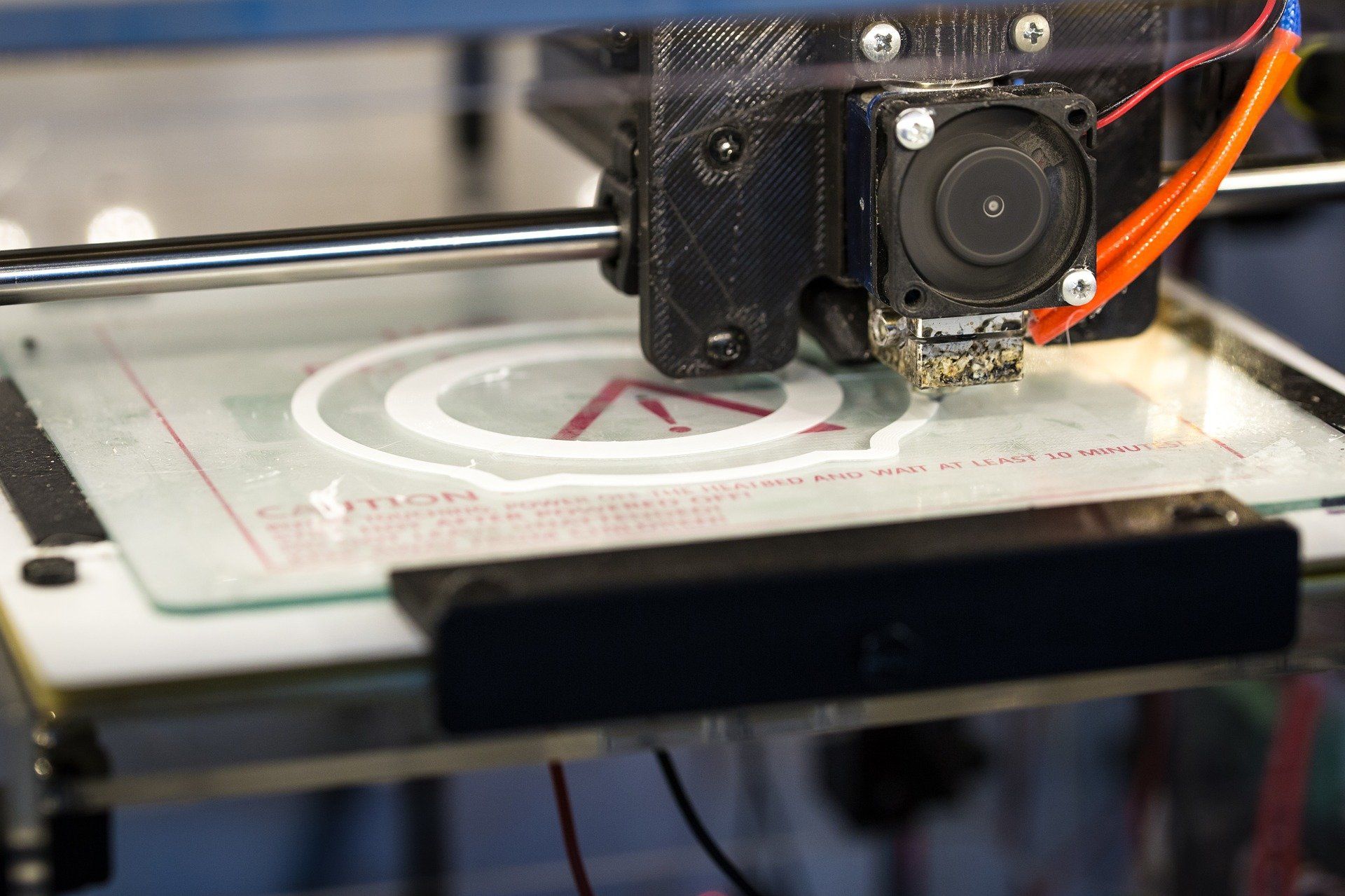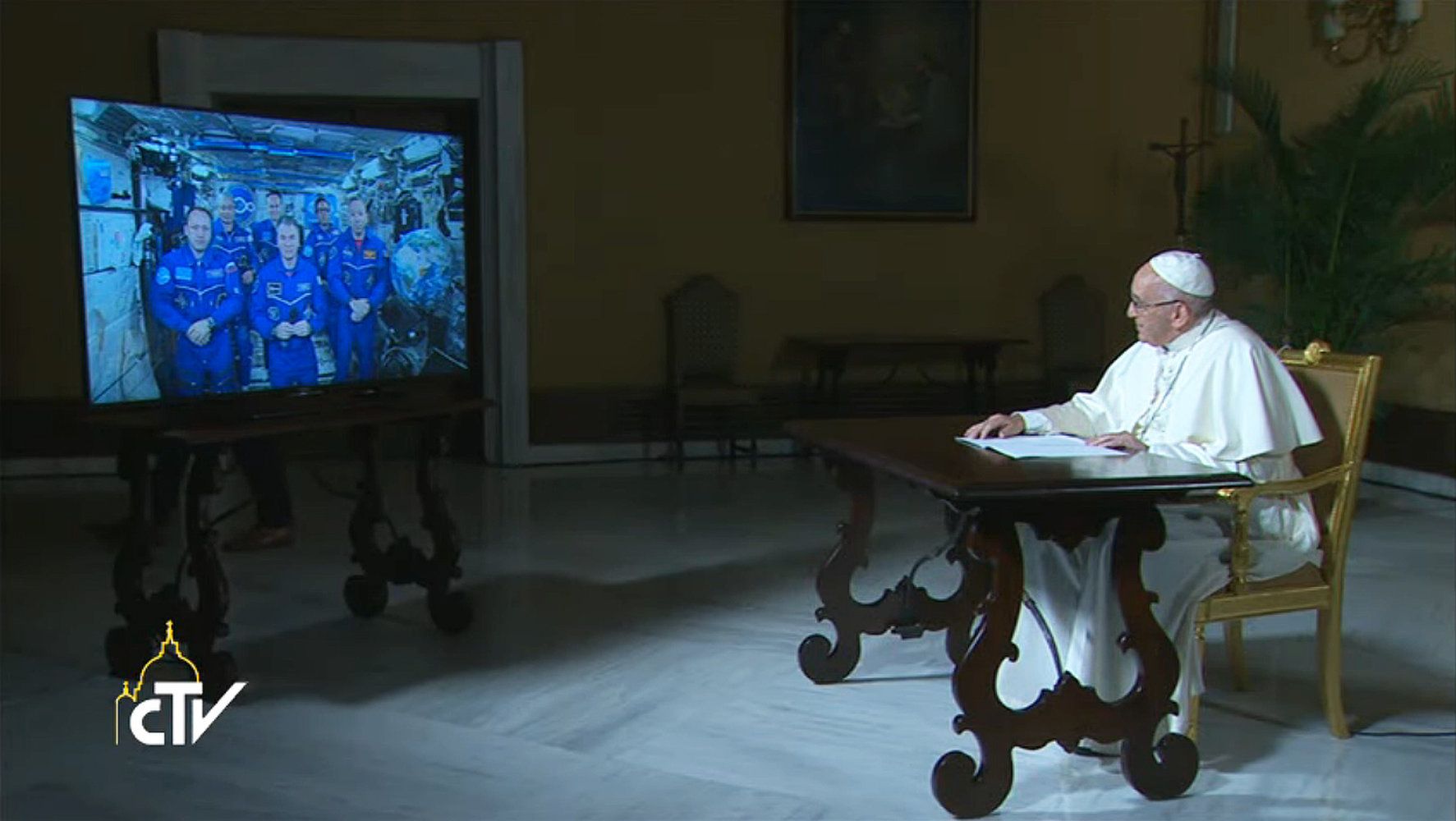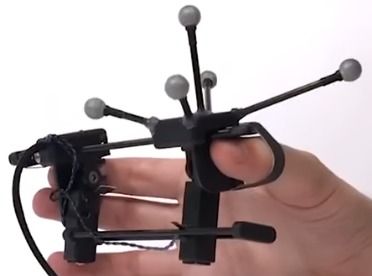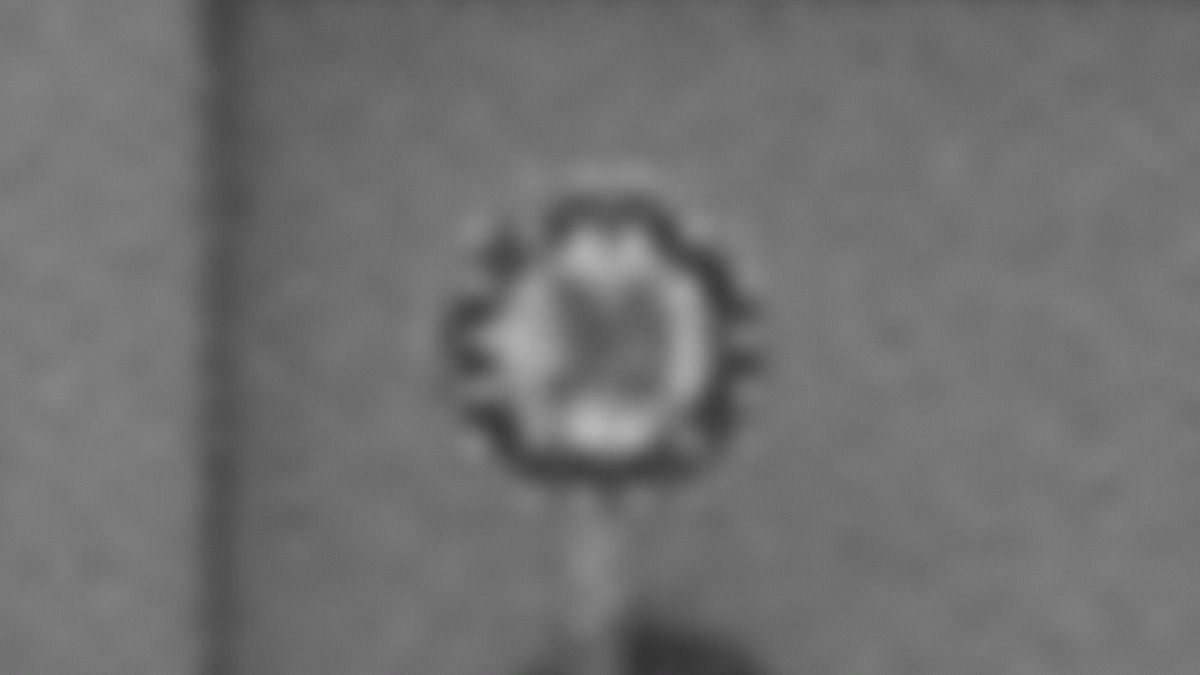The big roll out is set for 2021–2022.
A decade ago, there wasn’t much talk about self-driving cars or autonomous-cars, but Toyota and Lexus were setting the stage with their self-parking cars. They aired television commercials showing how cars magically parallel-parked themselves. That was before any mention of the first iPhone or Android. At the time, it seemed amazing, but that was nothing compared to what’s coming next.
The self-parking revolution that spread throughout the automotive industry over the last decade is now expanding. There is more technology in cars today than ever before: navigation systems, automatic updates wirelessly downloaded to the dashboard, in-cabin WiFi and much more.








